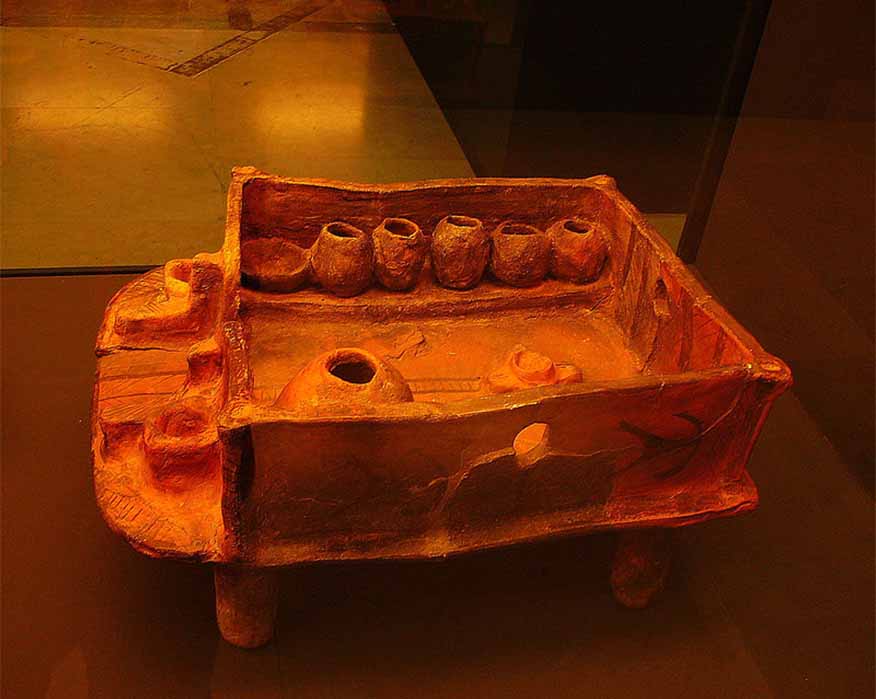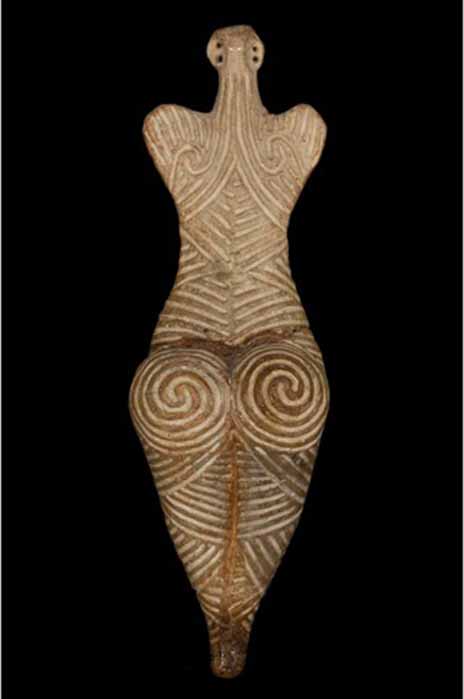
Triumph, Rebellion And The Ancient History Of Ukraine
Ukraine has always been a complicated place, with one foot in the West and the other in the East, resulting in a unique tension as a constantly contested borderland, a battleground, pitting the tribes of Europe against the expansionist dynasties of Asia, whose first taste of Europe has always been the frontiers of this lush and beautiful country. In recent times this phenomenon has unfortunately returned, but there is also much to learn about the spirit of Ukrainians from the annals of its ancient history. Ukraine has been host to some remarkable civilizations, displaying creativity, innovation, endurance, and knack for resistance to outside invaders.

Pottery figure representing a Trypillian house (Public Domain)
Pre-Historic Ukraine: The Trypillian Culture
Ukraine’s earliest inhabitants can be traced back to the Paleolithic period, between 200,000 and 8000 BC. Stone Age settlements have been excavated by archaeologists across the length and breadth of Ukraine, and can be found most commonly along the Dnieper and Dniester Rivers. As the Paleolithic transitioned into the Neolithic, the natives of Ukraine slowly gave up their hunter-gatherer lifestyle and began adopting agriculture as their main source of subsistence around 5000 BC.
As Ukrainians embraced this new style of crop-harvesting, the Trypillian culture entered the archaeological record. In 1898, Czech archaeologist Vikentii Khvoika unearthed a site near Trypillia, to the south-west of Ukraine, which revealed a hitherto unknown ancient culture based in Ukraine from 4500 BC. The Trypillians occupied a vast swathe of territories, encompassing the lands to the west of the Dnieper River in Ukraine, most of Moldova, and all of Romania east of the Carpathian Mountains.

Reconstruction of Trypillian city Talianki c 4000 BC (EKenny Arne Lang Antonsen / CC BY-SA 4.0)
Extensive study has unveiled three separate developments in the lifecycle of this primeval society. The earliest phase of the Trypillians was characterized by single-room shelters in which the whole family would inhabit and share. In contrast, the later stage saw the emergence of spacious multi-roomed dwellings each populated by a family and their immediate relatives. The sturdy architecture of these later lodgings helped the Trypillians to maintain high hygiene standards in their abodes.
The middle and late periods witnessed a move towards specialization, with large workshops being constructed for pottery and metal-working pursuits. It was in these primitive factories that most of the Trypillian artifacts were forged and fashioned. The most commonly dug-up relics from this culture are items of ceramic pottery with painted spiral decorations as well as figurines depicting their deities, which illustrate that fertility and prosperity held great importance within their religious beliefs. Archaeologists have also been able to piece together a picture of what Trypillian society was like through the objects they had left behind. They have revealed that women were venerated in their community, taking leading roles in social life, agriculture, and the production of pottery and ceramics.





